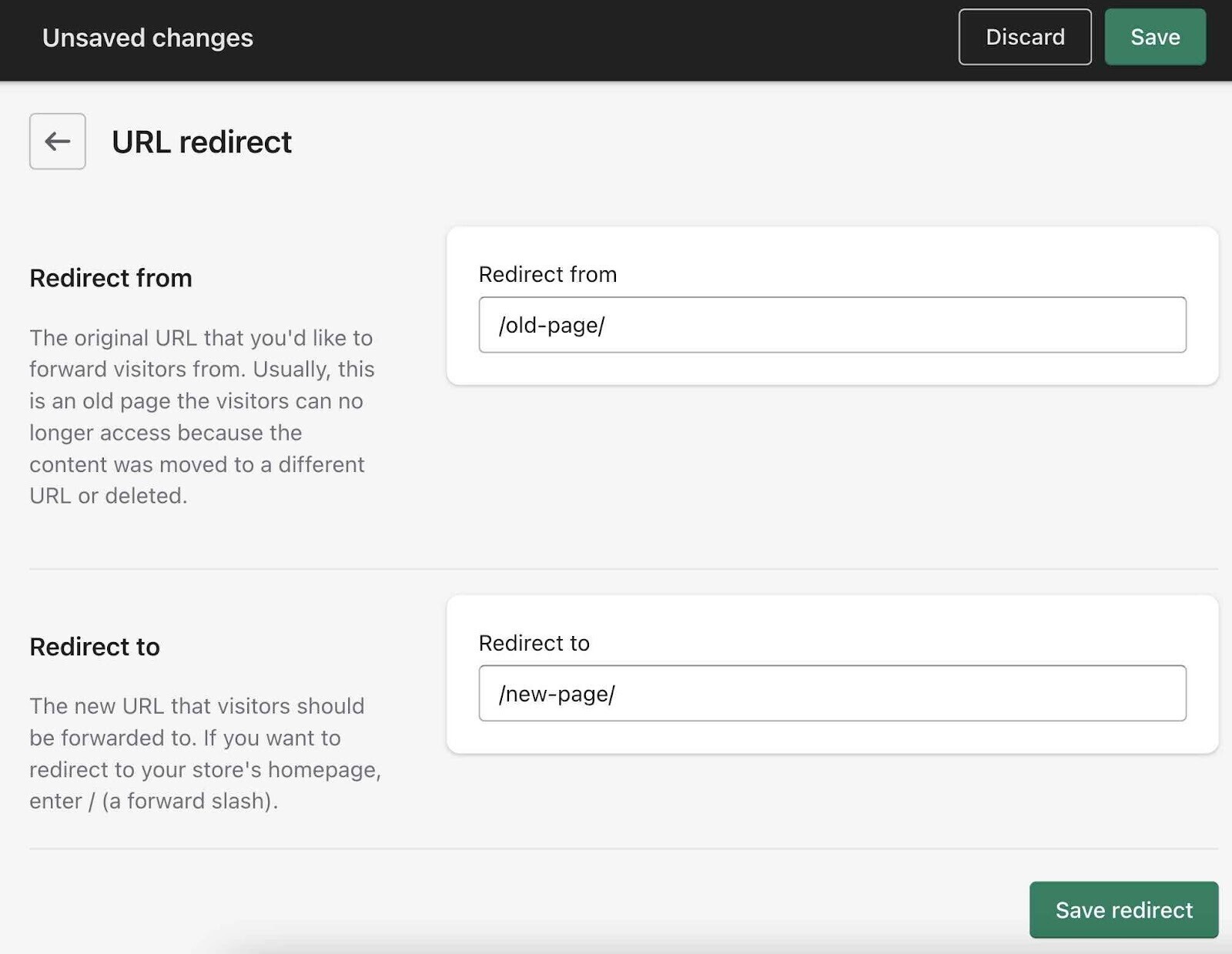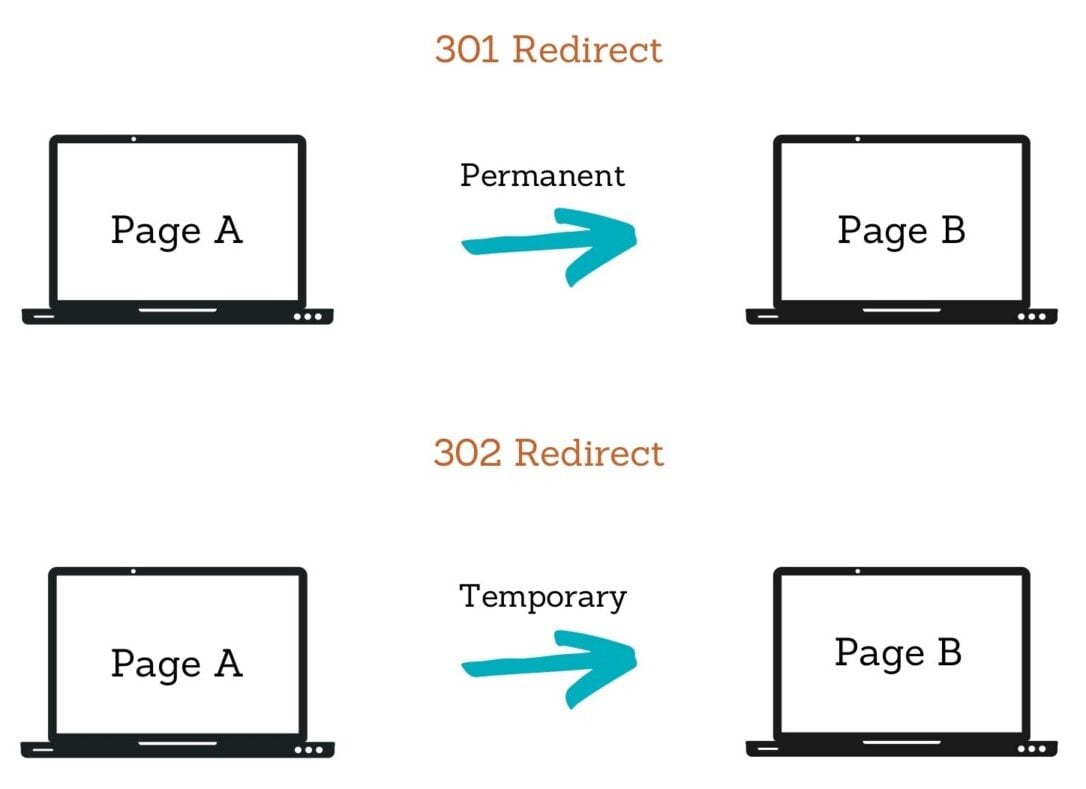The SEO Advantage: Just How 301 Redirect Can Change Your Site's Exposure
Wiki Article
Master the Art of Carrying Out 301 Redirects for Better SEO Efficiency
Applying 301 redirects is a fundamental element of website administration that can dramatically affect search engine optimization efficiency. The capability to flawlessly route traffic from old URLs to new ones is important for maintaining online search engine positions and individual experience. However, grasping the art of carrying out 301 redirects involves even more than just fundamental redirection. It calls for a deep understanding of best methods, careful tracking, and the capacity to fix usual issues that may develop. By diving into the subtleties of this process, internet site owners can open the complete potential of their SEO techniques and guarantee a smooth change for both customers and internet search engine alike.
Relevance of 301 Redirects
When considering website optimization, the importance of implementing 301 redirects can not be overstated. A 301 redirect is a permanent redirect from one link to an additional. When a customer or online search engine robot tries to access a page that has been redirected, they are automatically sent out to the brand-new page without understanding it. This is critical for keeping SEO value as it makes sure that the web link juice, positions, and web traffic from the old page are moved to the brand-new one.
Establishing Up 301 Redirects
Provided the critical duty that 301 redirects play in preserving search engine optimization value and improving customer experience, developing these redirects appropriately is critical for internet site optimization. To establish 301 redirects properly, begin by determining the URLs that need redirection. This entails understanding which web pages have actually been gotten rid of or transformed and mapping out the brand-new destinations for these Links. Next, access your site's web server to apply the redirects. This can be done through server-side setups or making use of plugins if you're utilizing a content management system like WordPress. When creating the redirects, make certain that each old URL is redirected to the equivalent brand-new URL with a 301 standing code, suggesting a long-term relocation. In addition, frequently keep track of the performance of your redirects making use of tools like Google Browse Console to determine any issues or errors that might emerge. By diligently establishing and keeping track of 301 redirects, you can maintain SEO equity, boost individual experience, and guarantee that visitors are perfectly directed to the right content on your website.Finest Practices for 301 Redirects
To guarantee ideal performance and maintain SEO integrity, sticking to best practices when carrying out 301 redirects is vital. Additionally, it is recommended to use 301 reroutes rather of 302 redirects, as search engines interpret 301 redirects as a long-term change in address, transferring the Search engine optimization value to the brand-new page. By adhering to these finest practices, sites can properly take care of 301 redirects to boost SEO efficiency and user fulfillment.Tracking 301 Redirects Performance
Effectively tracking the performance of 301 redirects is necessary for maintaining SEO performance and making sure a seamless individual experience. To keep track of 301 reroutes efficiency, webmasters can utilize tools like Google Look Console to determine any kind of problems such as redirect loops, chains, or errors that may adversely impact SEO rankings. Routinely examining for crawl mistakes and keeping an eye on the natural traffic patterns post-redirect execution can supply important insights into the success of the redirects.Moreover, establishing appropriate analytics tracking, such as establishing details objectives or events in Google Analytics, can assist gauge the effect of 301 redirects on user habits and conversions. This data can supply an extensive view of exactly how customers are communicating with the redirected web pages and whether the redirects are properly assisting customers to the intended destination.
Continual tracking and analysis of 301 reroutes efficiency permit for timely modifications and optimizations to make sure that the redirects are successfully offering their purpose of keeping search engine optimization equity and offering a smooth surfing experience for customers. 301 Redirect.
Troubleshooting Common 301 Redirect Problems
Keeping track of the performance of 301 redirects can expose 301 Redirect common problems that might hinder their performance in keeping search engine optimization equity and customer experience. One widespread problem is redirect chains, where one redirect brings about an additional in a series, creating hold-ups in web page loading and potentially influencing SEO rankings. It is vital to audit reroutes regularly to determine and eliminate such chains. Another concern to watch out for is redirect loopholes, where web pages redirect per various other in an infinite loophole, causing an inadequate user experience and adversely influencing SEO. Verifying redirect destinations is important to avoid such loops. In addition, improper execution of 301 redirects, such as making use of short-lived redirects (302) as opposed to permanent ones (301 ), can result in lost search engine optimization value. Guaranteeing that all redirects are appropriately established as 301 redirects is important for keeping search engine optimization equity. By repairing these common redirect concerns immediately, internet site proprietors can optimize their SEO efficiency and enhance individual contentment.Conclusion
To conclude, mastering the implementation of 301 redirects can significantly boost search engine optimization performance by preserving internet site traffic circulation and protecting search engine rankings. By understanding the relevance of 301 redirects, establishing them up properly, adhering to ideal methods, monitoring their efficiency, and repairing typical issues, website proprietors can make sure a seamless individual experience and maximize their online presence. It is essential for services to focus on the proper usage of 301 redirects to enhance their total search engine optimization approach.Given the essential function that 301 redirects play in preserving Search engine optimization value and enhancing user experience, developing these redirects properly is critical for website optimization - 301 Redirect. Additionally, it is recommended to use 301 redirects instead of 302 redirects, as search engines translate 301 reroutes as a link long-term adjustment in address, moving the Search engine optimization value to the new page. To check 301 reroutes efficiency, webmasters can utilize devices like why not try these out Google Search Console to recognize any type of problems such as redirect loops, chains, or mistakes that may adversely influence Search engine optimization rankings. Furthermore, inappropriate implementation of 301 redirects, such as using short-term redirects (302) rather of permanent ones (301 ), can lead to lost Search engine optimization value. Making certain that all redirects are correctly established up as 301 redirects is vital for maintaining Search engine optimization equity
Report this wiki page